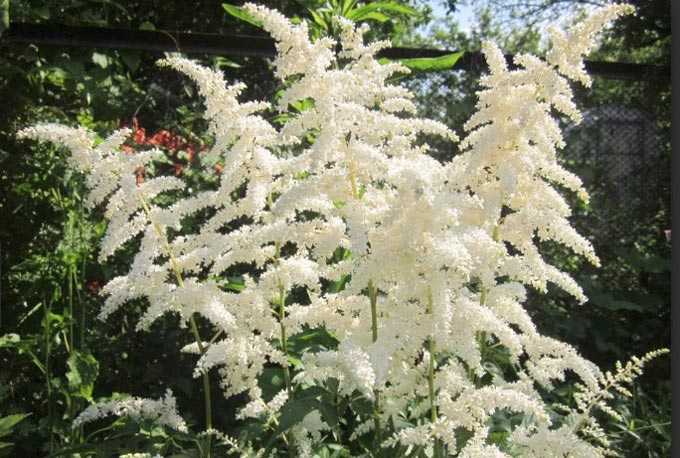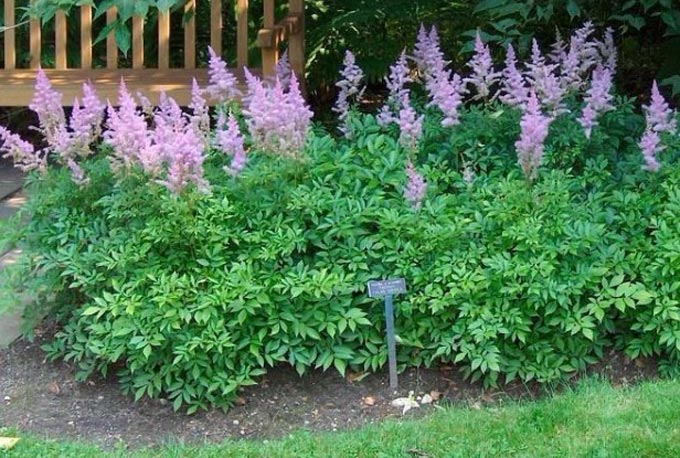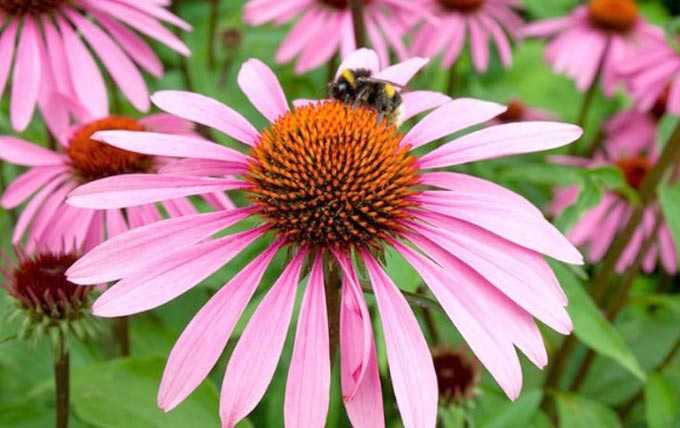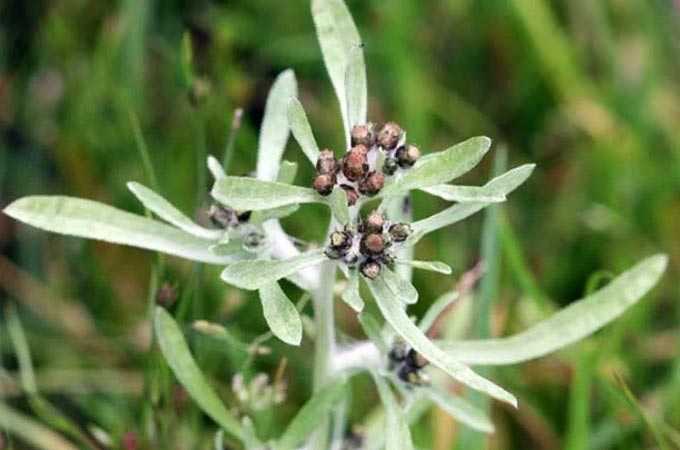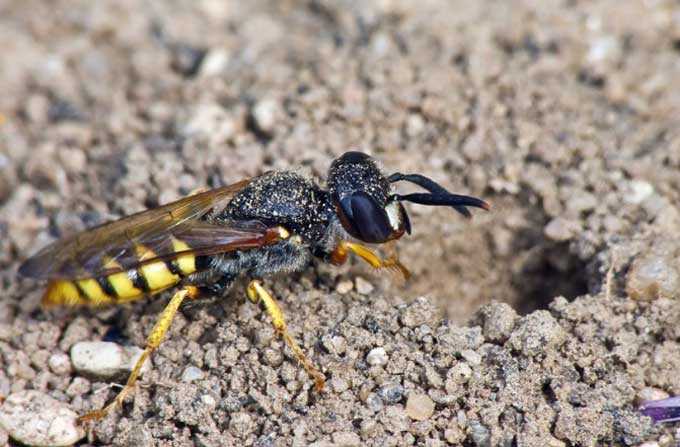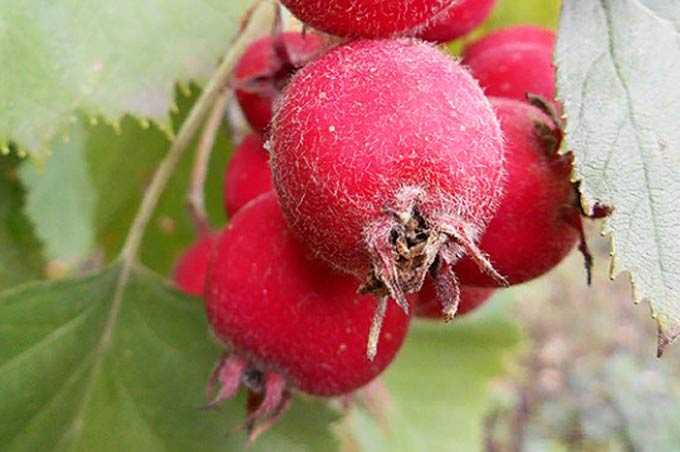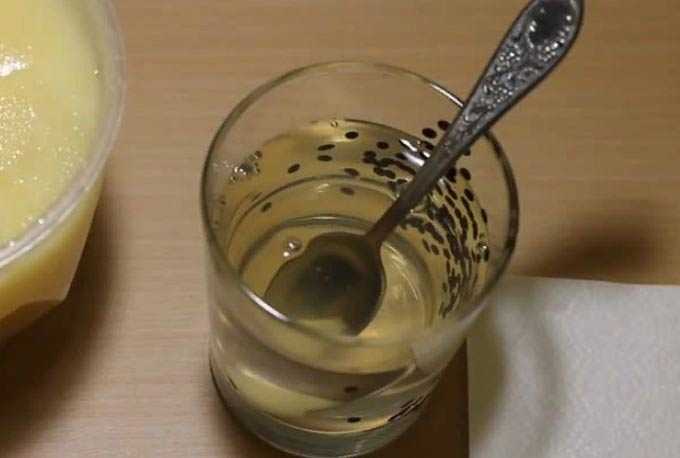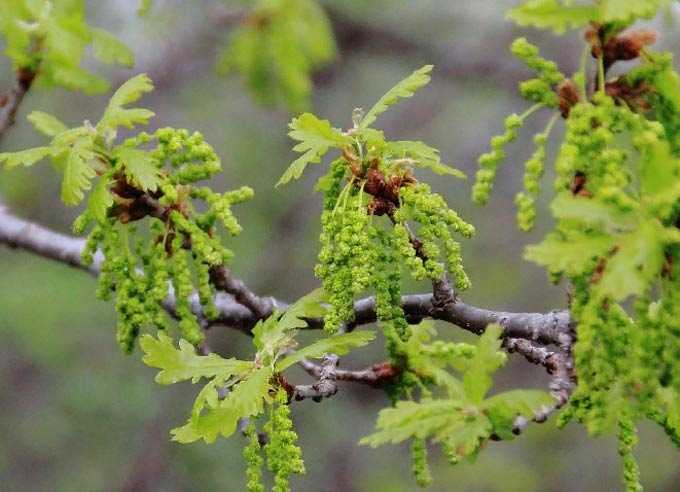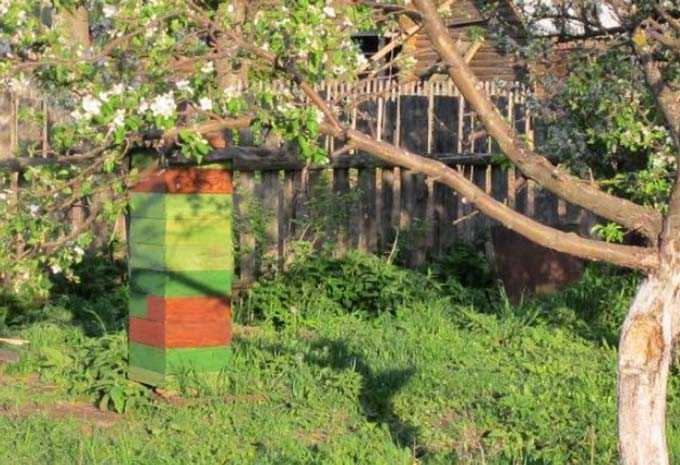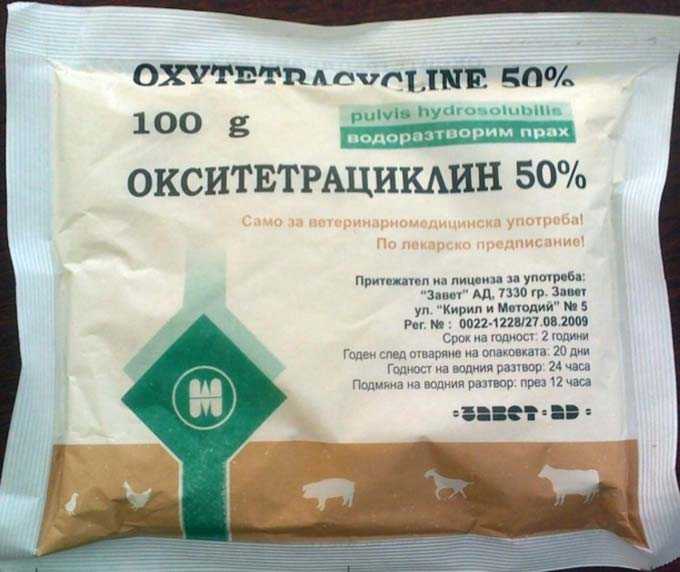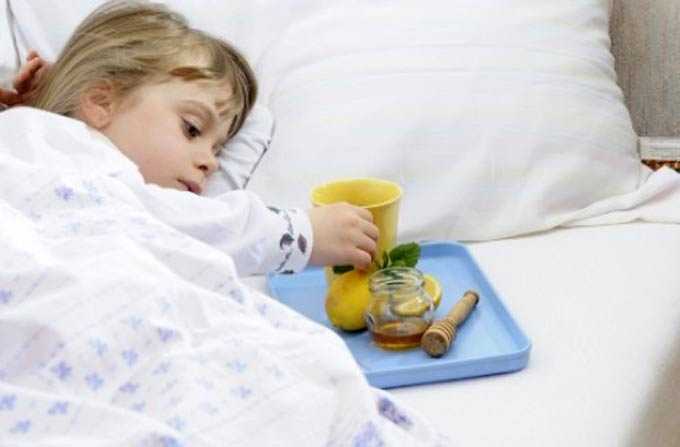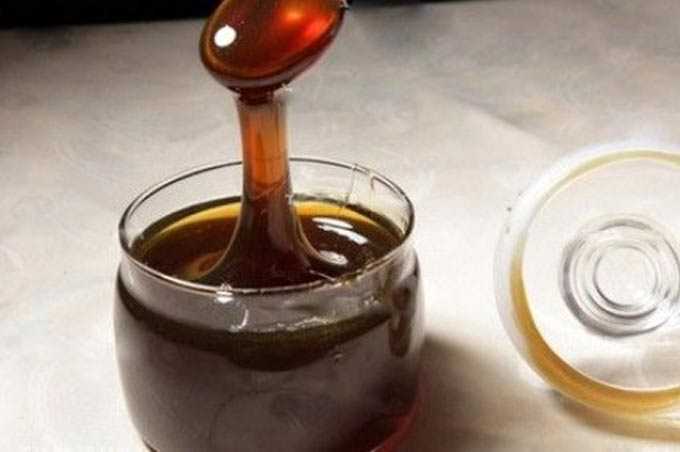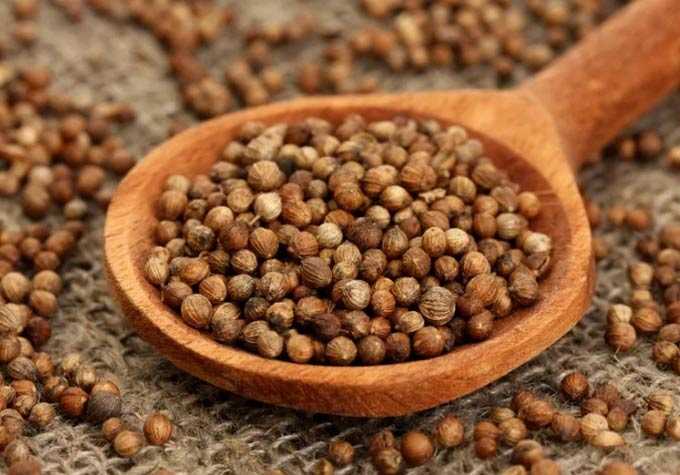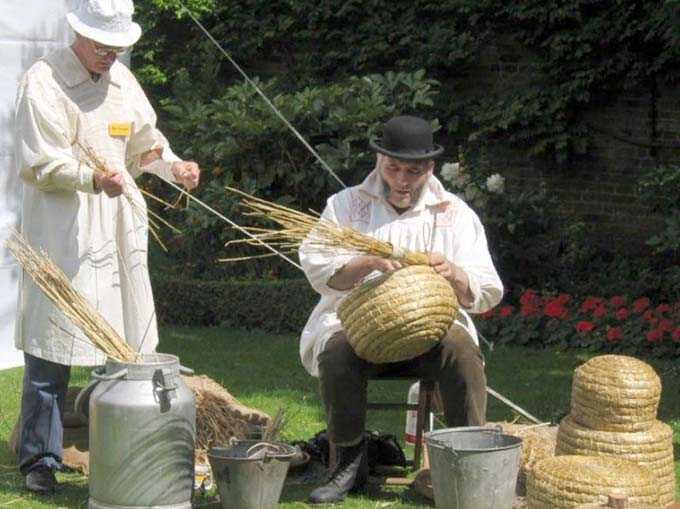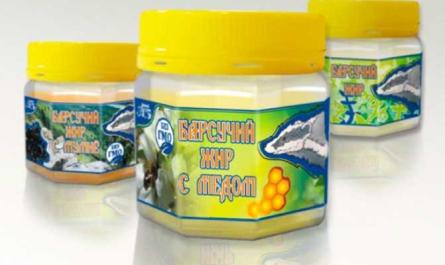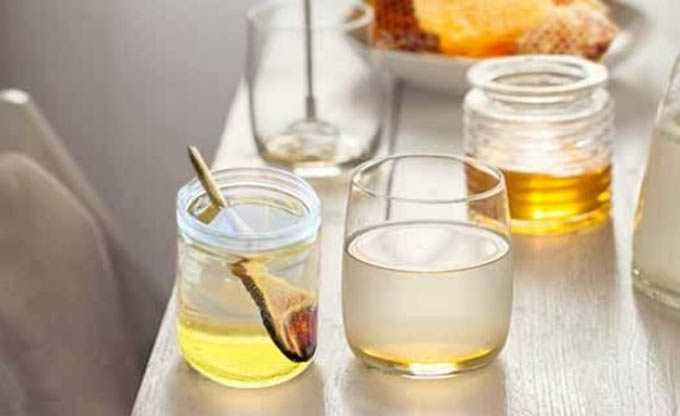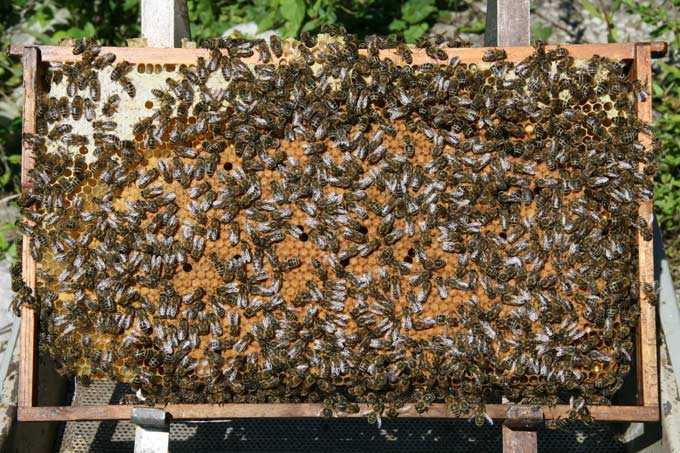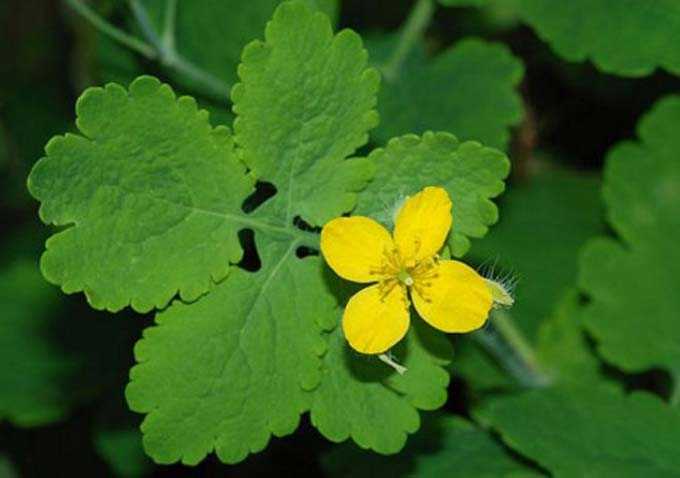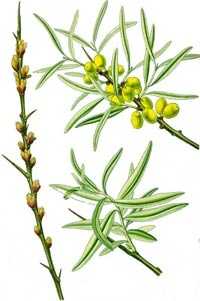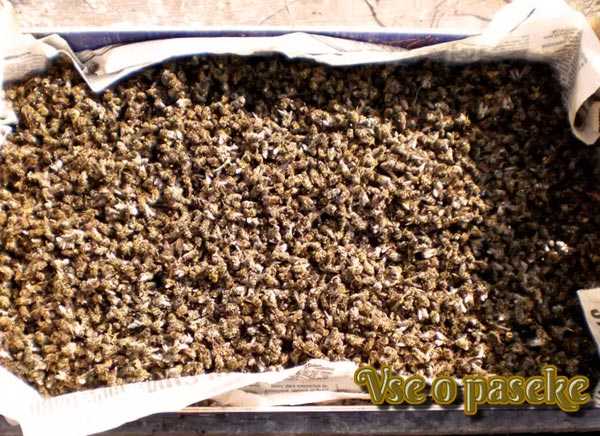Astilba melliferous plant, which is an ornamental perennial herb from the saxifrage family. This short grass is pollinated exclusively by insects – bees willingly visit fragrant inflorescences during the period of mass flowering. It is considered a moderate summer honey plant, providing only supportive bribes.
The content of the article
- 1 Distribution and Description
- 1.1 Varieties of herbs
- 2 Significance for agriculture
- 3 Agrotechnics
- 4 Honey productivity
Distribution and Description
The homeland of the plant is the Far Eastern, Japanese, Asian regions. Several varieties are native to North America. In the wild, Astilba prefers areas with sparse vegetation, often found in the floodplains of small rivers.
Currently, this ornamental grass is popular among gardeners in Russia and the CIS countries.
The perennial has a powerful root system and erect ground shoots from 70 to 100 centimeters high. The dark green feathery pointed leaves grow from the root and are serrated at the tips.
The flowers are small, white, pink, cream, red (color depends on the species), with a strong fragrant aroma. They are neatly collected in elongated paniculate inflorescences (about 30-50 centimeters) at the tops of the shoots.
The fruit is a small box with seeds.
Varieties of herbs
In culture, there are about ten types of decorative astilba. The most famous ones are listed below.
Japanese astilba – medium-sized (up to 80 centimeters) perennial herb with pale white inflorescences. The flowering period takes a month. Blooms in June, in July the fruit itself is tied.
Chinese the variety grows up to one meter in height and has lilac-purple inflorescences. The flowering period begins in mid-June and lasts until the first decade of August.
Astilba David – a two-meter tall herbaceous plant. Its leaves are light green in color, and the flowers have a delicate pink-reddish color. The period of nectar secretion is from mid-July to August.
Significance for agriculture
The herb is appreciated as a bright, very beautiful ornamental plant. Grown as an element of landscape design in city squares, parks, flower beds.
Medium-sized dwarf varieties and hybrids can be grown in flowerpots and flower beds.
To decorate city borders, dwarf and undersized varieties are used. Due to the variety of species of this genus of plants, gardeners can easily provide decorative blooming garden for the entire warm season.
Agrotechnics
The plant is unpretentious and does not require special care. Feels good in shady places.
It propagates mainly by dividing the bushes, since the seeds often do not have time to ripen for future planting. This anomaly is typical for central Russia.
There is an opinion that astilbe grown from seeds lose their former qualities and develop poorly (they bloom only in the third year of life).
It is necessary to plant roots with buds and leaves in the spring or late autumn, in warm weather. Before planting, the soil is well dug up.
After the seedlings darken, hiding the plantings from direct scorching sunlight for three to four days. During this time, plants need to be watered abundantly in the evenings.
Honey productivity
Bees willingly visit fragrant inflorescences during the entire flowering period.
At the same time, the nectar productivity of grass is weak – the exact values of the bribe are not known. But the plant is valued by beekeepers as a moderate pollen.
Important! Monofloral honey, obtained from astilbe, does not exist on the market.
